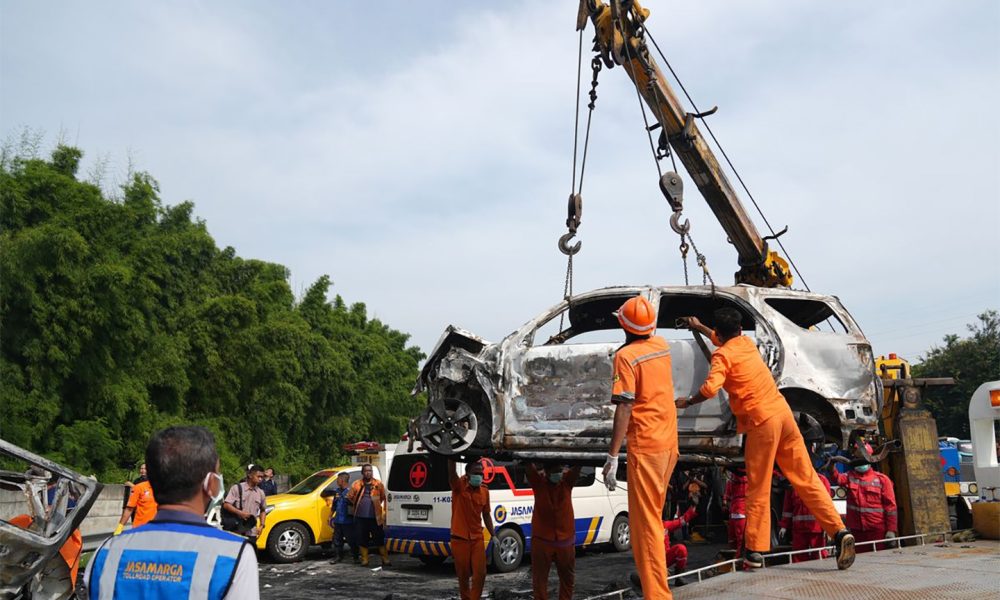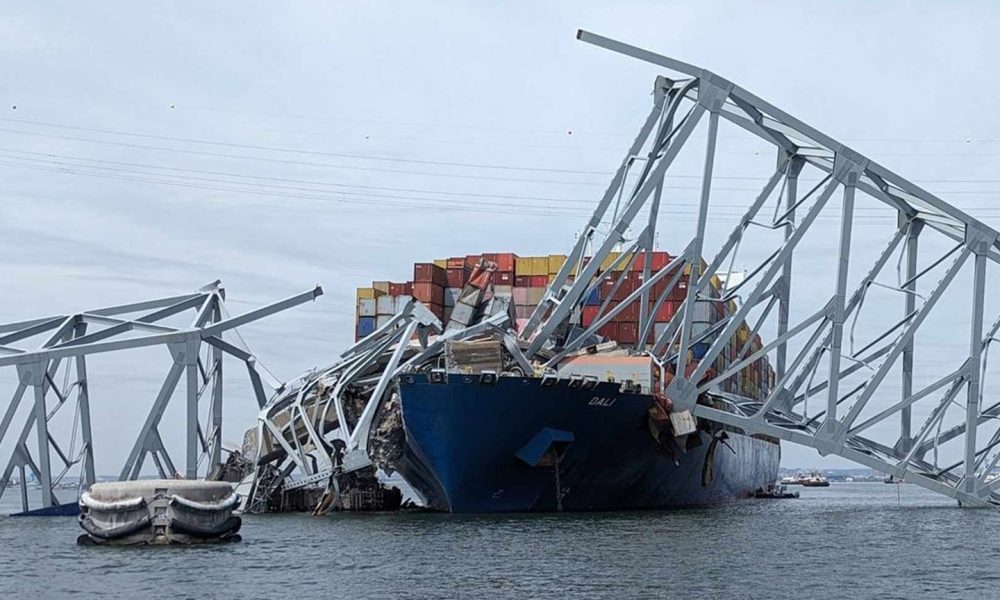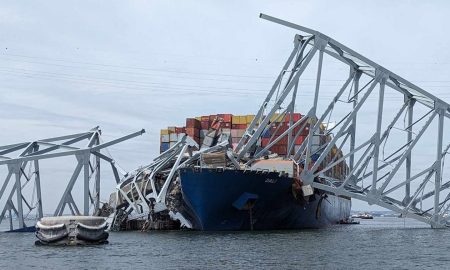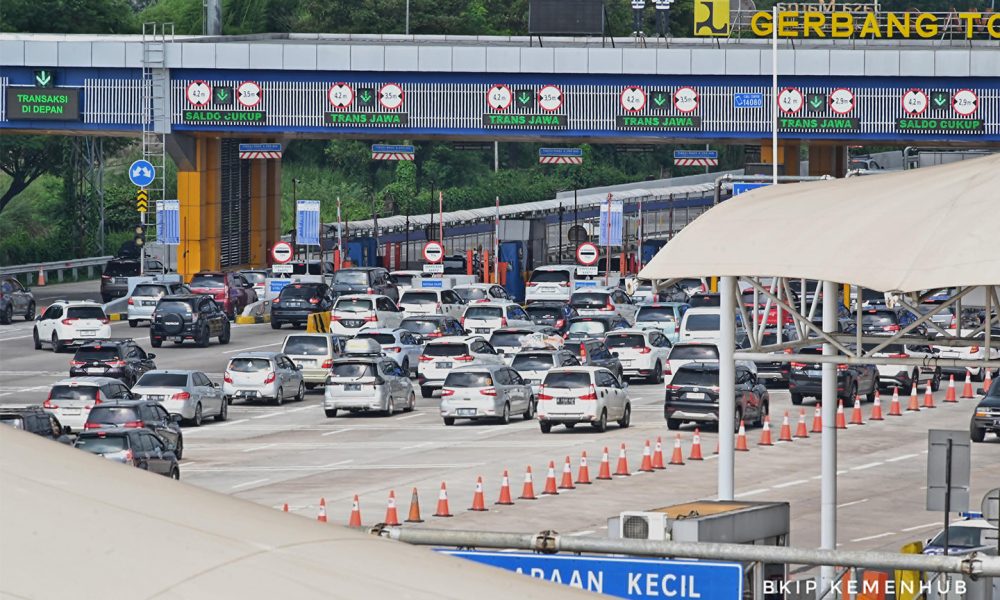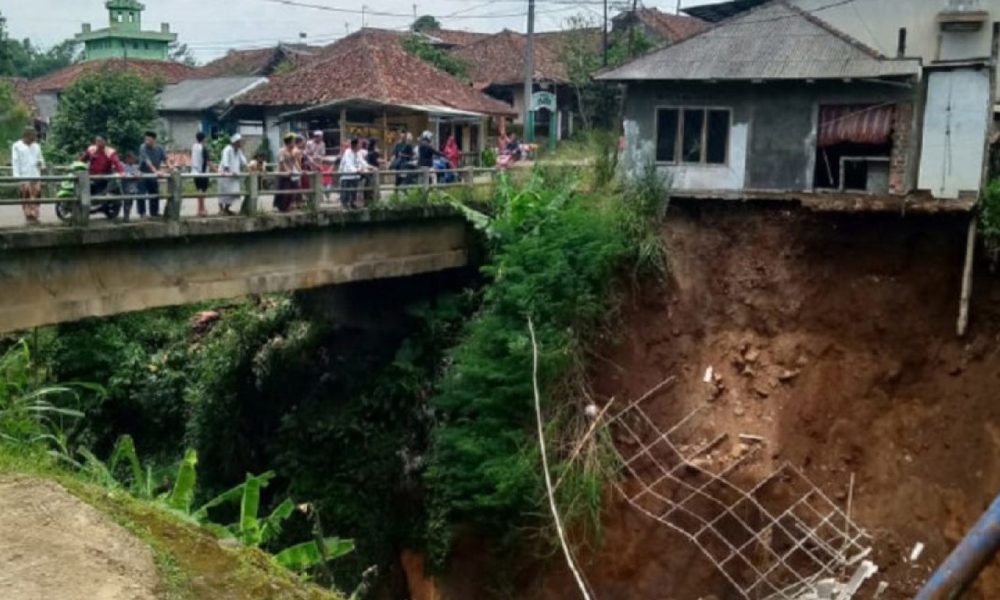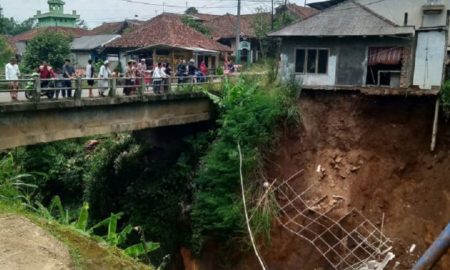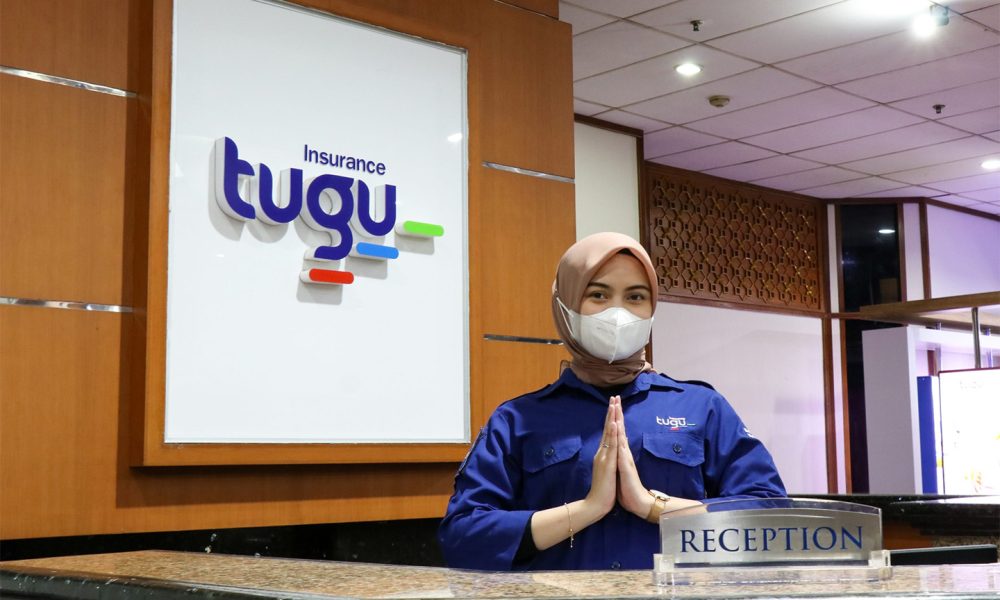Liga Asuransi – Dear risk-taker friends, how are you? I hope your business is doing well.
As we step into the second week of December 2023, we find ourselves at the threshold of the year’s end, reflecting on the challenges and triumphs that have defined the past months. As your dedicated insurance broker, it is both my privilege and responsibility to be a steadfast partner on this journey of protection and resilience.
In my years of experience, I’ve observed a noteworthy trend – the conclusion of the year, particularly during the festive New Year celebrations, often brings with it a heightened risk of accidents. Amid our shared joy and festivities, unforeseen events can cast a shadow on what should be a time of celebration.
As your trusted broker and risk management consultant, I am reaching out to you with a reminder and a resource. I present to you this article, a comprehensive exploration of the potential risks that tend to surface during the year-end period. It is crafted with the intent to equip you with knowledge and insights that can fortify your understanding of these risks, enabling you to navigate the season with a heightened sense of awareness.
I encourage you not only to peruse this article for your benefit but also to share it with your friends. By doing so, you contribute to a collective understanding of the challenges that may arise during this time. Empowering those around you with this knowledge is a testament to your commitment to shared safety and well-being.
BRIEF OVERVIEW OF THE LOW AND HOLIDAY SEASON IN BUSINESS ACTIVITIES
The low season, a temporal retreat in business vigor, casts its shadow across industries that form the backbone of economic dynamism. In mining, the rumble of machinery subsides; construction sites echo a quieter cadence, energy production witnesses a momentary ebb, and transportation networks ease into a gentler rhythm. This lull, however, should not be misconstrued as a respite from vigilance. On the contrary, the waning of operational fervor heightens the susceptibility of businesses to unforeseen risks and vulnerabilities.
Simultaneously, as the calendar pages turn towards December, the tropical archipelago of Indonesia braces itself for the onset of the rainy season. A dichotomy emerges – the low season reduces industrial hustle and the holiday season introduces environmental elements that can wreak havoc. Floods, windstorms, water damage, landslides, as well as an uptick in security risks like robberies and fires become the unwelcome guests at the year-end celebration.
In this delicate balance between reduced activity and heightened environmental and security threats, businesses find themselves at a crucial juncture. The need for astute risk management and comprehensive insurance coverage becomes not just a prudent consideration but an imperative for safeguarding continuity and resilience in the face of potential adversities. In the pages that follow, we unravel the intricacies of these risks and illuminate the path toward a secure and resilient year-end for businesses navigating the intricate dance between low and holiday seasons.
IMPACT OF LOW SEASON ON BUSINESS ACTIVITIES AND ASSOCIATION RISKS
The low season brings with it a unique set of challenges for businesses across various sectors, including mining, construction, energy, power, and transportation. Understanding the impact of the low season on these industries is crucial for assessing and managing the risks of accidents and exposures. Here’s a breakdown of the potential impacts:
- Mining:
- Reduced Operations: During the low season, mining activities often experience a slowdown due to various factors such as adverse weather conditions or decreased demand for raw materials.
- Equipment Downtime: Reduced operational hours can lead to increased downtime for heavy machinery, raising the risk of equipment failures and accidents when operations resume.
- Safety Concerns: With fewer personnel on-site and possible changes in working conditions, safety protocols may be compromised, increasing the risk of accidents and injuries.
- Construction:
- Project Delays: The low season may witness a decline in construction projects, leading to delays in timelines and potential financial implications.
- Weather-Related Risks: Adverse weather conditions during the low season can pose threats such as landslides, mudslides, or collapsing structures.
- Supply Chain Disruptions: Reduced construction activities may impact the supply chain, affecting the availability of materials and potentially leading to rushed construction when projects resume.
- Energy/Power:
- Decreased Demand: Reduced industrial activities during the low season may result in decreased energy demand, impacting revenue streams for energy companies.
- Maintenance Challenges: Low season periods may be utilized for maintenance activities, but this introduces potential risks if not conducted meticulously, leading to equipment failures or accidents during restart.
- Transportation:
- Slower Operations: Transportation, including logistics and shipping, may experience a slowdown in the low season, affecting overall efficiency.
- Road Safety Challenges: Adverse weather conditions, such as heavy rainfall, can impact road conditions, leading to an increased risk of accidents for land-based transportation.
- Supply Chain Disruptions: Transportation slowdowns can disrupt supply chains, affecting the timely delivery of goods and potentially leading to financial losses.
Common Risk Mitigation Strategies:
- Enhanced Safety Protocols: Implement and reinforce stringent safety measures, especially during periods of reduced staff and operations.
- Regular Equipment Inspections: Conduct thorough inspections of machinery and equipment to identify potential issues before resuming full operations.
- Weather Monitoring: Stay informed about weather forecasts and potential environmental risks to plan and mitigate the impact on operations.
- Supply Chain Management: Maintain open communication with suppliers and manage inventory effectively to mitigate disruptions in the supply chain.
- Employee Training: Provide ongoing training to employees on safety procedures and emergency response protocols.
Understanding these industry-specific impacts during the low season is crucial for businesses to develop comprehensive risk management strategies, ensuring the safety of personnel, the integrity of operations, and the resilience of the business in the face of potential accidents and exposures.
INCREASED VULNERABILITY TO RISKS DUE TO DECREASED OPERATIONS
When business operations decrease, whether due to seasonal factors, economic conditions, or other reasons, organizations often become more susceptible to various risks. This heightened vulnerability arises from a combination of factors that affect different aspects of the business. Here’s an exploration of how decreased operations may lead to increased vulnerability to risks:
Reduced Visibility and Oversight:
- Challenge: With decreased operations, there may be fewer staff members on-site, leading to reduced visibility and oversight of critical processes.
- Risk Exposure: Lack of oversight can make it challenging to identify and address potential issues promptly, increasing the likelihood of unnoticed risks escalating into significant problems.
Resource Constraints:
- Challenge: Businesses often scale down operations during low seasons, leading to reduced financial resources, staffing levels, and equipment usage.
- Risk Exposure: Resource constraints can hinder the ability to invest in preventive maintenance, safety measures, or employee training, exposing the organization to higher risks of accidents or operational failures.
Delayed Maintenance and Inspections:
- Challenge: In periods of decreased operations, organizations may postpone routine maintenance activities and inspections to cut costs or due to reduced demand.
- Risk Exposure: Delayed maintenance can lead to equipment malfunctions, increased wear and tear, and a higher probability of accidents or breakdowns when operations resume.
Changes in Workforce Dynamics:
- Challenge: Decreased operations may lead to reduced staffing levels or changes in workforce dynamics, such as temporary or seasonal workers.
- Risk Exposure: Fluctuations in workforce composition can result in a workforce that may be less experienced or less familiar with safety protocols, increasing the likelihood of accidents or errors.
Supply Chain Disruptions:
- Challenge: Reduced demand during low seasons may disrupt the supply chain, affecting the timely delivery of critical materials or components.
- Risk Exposure: Dependence on just-in-time inventory systems or delays in the supply chain can leave organizations vulnerable to shortages, impacting production schedules and increasing the risk of financial losses.
Security Concerns:
- Challenge: A decrease in operational activities may lead to a perception that security measures can be relaxed.
- Risk Exposure: Security risks, such as theft, vandalism, or unauthorized access, can increase during periods of decreased operations when security measures are not maintained at optimal levels.
Environmental and Weather-Related Risks:
Challenge: Certain industries may face heightened exposure to environmental risks during low seasons, such as floods, storms, or other weather-related events.
Risk Exposure: Decreased operations may limit the organization’s ability to respond effectively to environmental risks, leading to increased vulnerability to property damage, operational disruptions, and safety hazards.
Mitigating Increased Vulnerability:
- Proactive Risk Assessments: Conduct thorough risk assessments during periods of decreased operations to identify potential vulnerabilities.
- Prioritize Essential Operations: Focus resources on critical operations and areas with the highest risk exposure.
- Invest in Training and Preparedness: Ensure that employees are well-trained in safety protocols and emergency response procedures.
- Maintain Communication: Keep lines of communication open with suppliers, customers, and key stakeholders to address potential supply chain disruptions or other issues promptly.
- Strategic Resource Allocation: Prioritize resource allocation to essential maintenance and safety measures to prevent long-term risks.
By recognizing the specific challenges that arise during periods of decreased operations, businesses can proactively implement strategies to mitigate vulnerabilities and enhance resilience against potential risks.
ENSURE THAT ALL YOUR INSURANCE POLICIES ARE ON COVER
Ensuring that all insurance policies are fully covered during periods of low business activities is a critical aspect of risk management and financial prudence for clients. Here are key reasons why clients need to prioritize comprehensive coverage during times of reduced operations:
Financial Protection Against Unforeseen Events:
- Rationale: Low business activities do not eliminate the possibility of unforeseen events, such as accidents, natural disasters, or other incidents that can lead to financial losses.
- Importance: Comprehensive insurance coverage acts as a financial safety net, protecting clients from unexpected costs and liabilities that may arise during the low season. It ensures that the financial impact of unforeseen events does not unduly strain the organization.
Business Interruption Mitigation:
- Rationale: Reduced operations can make businesses more vulnerable to interruptions, whether due to internal factors like equipment breakdown or external factors like supply chain disruptions.
- Importance: Business interruption insurance becomes crucial during low business activities. It provides coverage for lost income and additional expenses incurred during the interruption, allowing businesses to maintain financial stability and recover more swiftly.
Preservation of Business Assets:
- Rationale: Assets, including property, equipment, and inventory, remain susceptible to risks even when operations are scaled down.
- Importance: Comprehensive property insurance ensures that these assets are protected against damage, theft, or other perils. By maintaining coverage during the low season, clients safeguard the physical integrity of their business assets.
Liability Protection Continuity:
- Rationale: Legal and liability risks persist irrespective of the level of business activities. Accidents, injuries, or property damage can lead to substantial legal and financial liabilities.
- Importance: Liability insurance is essential for mitigating the financial impact of legal claims. Clients need to ensure that their liability coverage remains robust during the low season to protect against potential legal and financial repercussions.
Flexibility for Emerging Opportunities:
- Rationale: While operations may be reduced, unexpected opportunities or changes in market dynamics can occur.
- Importance: Clients with fully covered insurance policies have the flexibility to adapt to changing circumstances. Whether it’s an unexpected project or a sudden surge in demand, comprehensive coverage ensures that the organization is well-positioned to seize opportunities without undue financial risk.
Maintaining Reputational Integrity:
- Rationale: Reputational risks persist regardless of the business activity level. Negative events or incidents can impact the organization’s image and stakeholder perceptions.
- Importance: Insurance coverage, including reputational risk insurance, helps clients manage crises and reputational challenges. Maintaining coverage during the low season safeguards the organization’s reputation and brand integrity.
Compliance with Contractual Obligations:
- Rationale: Many contracts and agreements, including leases and financing agreements, may require specific insurance coverage.
- Importance: Clients need to ensure that they remain compliant with contractual obligations even during low business activities. Failure to maintain required insurance coverage may lead to contractual breaches and associated penalties.
In essence, ensuring that all insurance policies are fully covered during periods of low business activities is a proactive and strategic approach to risk management. It provides clients with the confidence that their organization is financially protected against a range of potential risks, allowing them to navigate the low season with resilience and the ability to respond effectively to unforeseen events.
THE ROLE OF INSURANCE BROKER DURING THE LOW OPERATION PERIODS
The role of an insurance broker is pivotal in assisting and advising existing clients, particularly during low operation periods or vacation times. Here’s a comprehensive overview of the key responsibilities and contributions of an insurance broker in such scenarios:
Continuous Coverage Evaluation:
- Role: Insurance brokers play a crucial role in continuously evaluating the insurance coverage needs of their clients, including during low operation periods or vacation times.
- Importance: This ensures that clients have appropriate coverage levels that align with the evolving risks and changing circumstances, even when business activities are temporarily reduced.
Risk Assessment and Management:
- Role: Brokers assist clients in conducting risk assessments tailored to the specific challenges of low operation periods or vacations.
- Importance: By identifying and understanding unique risks associated with reduced operations, brokers can recommend adjustments to coverage, ensuring that clients are adequately protected against potential vulnerabilities.
Policy Reviews and Updates:
- Role: Brokers regularly review insurance policies, including terms, conditions, and coverage limits, to make necessary updates or modifications.
- Importance: Policy reviews help clients stay informed about any changes in their coverage and provide an opportunity to align insurance policies with the current risk landscape, taking into account the low operation or vacation period.
Communication and Consultation:
- Role: Maintaining open lines of communication, brokers consult with clients to discuss any changes in business activities, upcoming vacations, or operational adjustments.
- Importance: Proactive communication allows brokers to understand clients’ specific needs during low operation periods and tailor insurance solutions accordingly.
Claims Management Assistance:
- Role: In the event of an incident or claim, brokers assist clients in navigating the claims process, providing guidance on documentation, communicating with insurers, and ensuring a smooth resolution.
- Importance: Timely and effective claims management is crucial, especially when key personnel might be on vacation. Brokers act as advocates for their clients, expediting the claims process and minimizing disruptions.
Coverage Optimization and Cost Management:
- Role: Brokers work to optimize coverage and manage insurance costs during low operation or vacation times.
- Importance: Assessing the necessity of certain coverages and negotiating terms with insurers can help clients achieve cost efficiencies without compromising essential protections.
Emergency Response Planning:
- Role: Brokers collaborate with clients to develop emergency response plans that consider potential risks during low operation periods.
- Importance: Having a well-defined plan ensures that clients are prepared to handle emergencies, mitigate potential damages, and adhere to safety protocols, even with reduced staffing levels.
Educational Support:
- Role: Brokers educate clients on industry-specific risks and best practices, providing insights into how to minimize exposures during low operation or vacation periods.
- Importance: Knowledge transfer empowers clients to make informed decisions, fostering a culture of risk awareness and proactive risk management within the organization.
Proactive Market Insights:
- Role: Brokers provide clients with updates on market trends, changes in insurance regulations, and emerging risks relevant to their industry.
- Importance: Keeping clients informed enables them to adapt their insurance strategies to align with the broader market landscape, ensuring that they stay ahead of potential challenges.
Client Advocacy:
- Role: Insurance brokers serve as advocates for their clients, ensuring that they receive fair treatment and appropriate coverage from insurers.
- Importance: In the dynamic insurance landscape, brokers advocate for the best interests of their clients, negotiating terms, and seeking optimal coverage solutions even during low operational periods.
The role of an insurance broker during low operation or vacation times extends beyond mere policy procurement. It encompasses a holistic approach to risk management, continuous client support, and strategic collaboration to ensure that businesses remain protected, resilient, and well-prepared for any unforeseen challenges that may arise.
CONCLUSION
Transitioning to the year-end festivities, our focus shifted to the heightened risks that accompany the celebration of a new year. As your insurance broker and risk management consultant, the goal was to illuminate potential challenges, from accidents and property damage to business interruptions, that often coincide with the joyous season. By navigating these risks with vigilance and comprehensive insurance coverage, we aim to ensure that your celebrations are not marred by unforeseen setbacks.
In addressing insurance claims during low seasons and vacations, we outlined a proactive approach. Timely communication with insurance providers, thorough documentation, and collaboration with adjusters were highlighted as essential steps to expedite claims processes and minimize disruptions to your operations or personal life.
The role of the insurance broker during low operations or vacation times was explored in depth. From continuous coverage evaluation and risk assessment to claims management assistance and client advocacy, the broker serves as a dedicated partner, offering support, guidance, and expertise in navigating the complex landscape of insurance and risk management.
As we step into the second week of December 2023, and the echoes of the year’s end surround us, let us carry forward the wisdom gained here. May your business thrive, your celebrations be joyous, and your endeavors be safeguarded by the resilient shield of comprehensive insurance coverage.
—
LOOKING FOR INSURANCE PRODUCTS? DON’T WASTE YOUR TIME AND CONTACT US RIGHT NOW
L&G HOTLINE 24 HOURS: 0811-8507-773 (CALL – WHATSAPP – SMS)
website: lngrisk.co.id
E-mail: customer.support@lngrisk.co.id
—


















